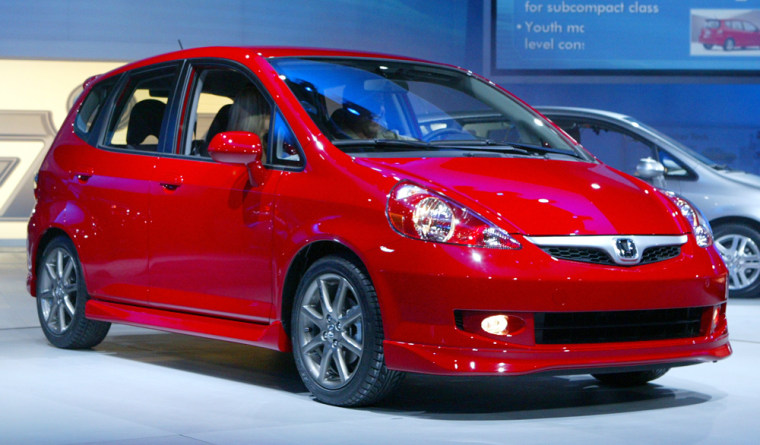Is big about to get big again in the automotive industry? That appears to be the prediction of Japanese automakers Toyota, Honda and Nissan, which historically have been better known for their smaller vehicles.
In the 2008 to 2011 model years, the Japanese Big Three plan to expand their U.S. product lines with new nameplates and models that will be more powerful and bigger than ever, according to a recent report in Automotive News, a trade publication.
These automakers aren’t necessarily going after the market for huge sport utility vehicles and pickup trucks, according to the report, but they’re planning expanded U.S. product lines with sporty, high-horsepower cars — such as the Nissan GT-R with 450 horsepower, or the LF-1 sports car — and larger vehicles like the popular Honda Accord and the Toyota Sequoia SUV, both of which are larger in their redesigned, 2008 versions.
It wasn’t supposed to be this way. Over the last few years, as gasoline prices have spiked to new highs, conventional wisdom has said that America’s love affair with SUVs and trucks has soured and that in the future drivers will flock to more fuel-efficient subcompacts like the Toyota Yaris or the Honda Fit, making small cars the fastest-growing segment of the new-vehicle market.
But while automakers have rushed to bring new small cars to market in recent years, they make up a fraction of the 16 million passenger vehicles sold annually in the United States.
Sales of subcompacts like the Yaris and the Fit, are expected to rise from 390,000 units this year to 770,000 units in 2013, while sales of slightly larger compact cars are expected to rise from 1.9 million units this year to 2.1 million by 2013, according to Rebecca Lindland, an automotive analyst at consultancy Global Insight.
“We are seeing sales rise, but we really don’t see a wholesale shift toward small cars,” Lindland said. “The reason is there’s a lot of activity in the subcompact segment, with new introductions like the Yaris, the Fit and the Scion XD, and we expect Dodge to come out with something. So there’s a lot of activity, but there are not as many sales as in the larger segments.”
Even those cars once considered small are getting bigger, notes Lindland. The Honda Civic, a popular small car, grew 30 inches between 1978 and 2008 and now measures 176.7 inches from bumper to bumper. Similarly, the Honda Accord has lengthened by 32 inches over the same period, growing from 162 inches to 194.1 inches, moving into the “large” car group, along with such models as the Ford Crown Victoria and Buick Lucerne.
“Our idea of a small car is still very different from the rest of the world,” Lindland said.
Indeed, while gas prices might be pinching your pocketbook, you can’t stuff a family of five into a compact car and go shopping for groceries. And the Big Three U.S. automakers make most of their profits from large trucks and cars and not smaller cars.
Another factor here is that Americans are fickle car consumers. While the psychological impact of higher pump prices and gas lines that followed the 1973 oil shock led consumers to demand smaller cars, easing gas prices in the early 1980s saw car consumers gravitate back toward bigger cars with poorer fuel efficiency — typically, light trucks and SUVs.
“Americans are still demanding bigger vehicles,” Lindland said. “There’s a whole lot of baby boomers out there and they’re going to want larger vehicles too because as Americans age, they spread. And then there’s Generation Y — that’s a huge new market segment for automakers, and our research shows they’re not totally sold on smaller cars, and that’s why this is going to be a challenging market for cars like the Toyota Yaris.”
